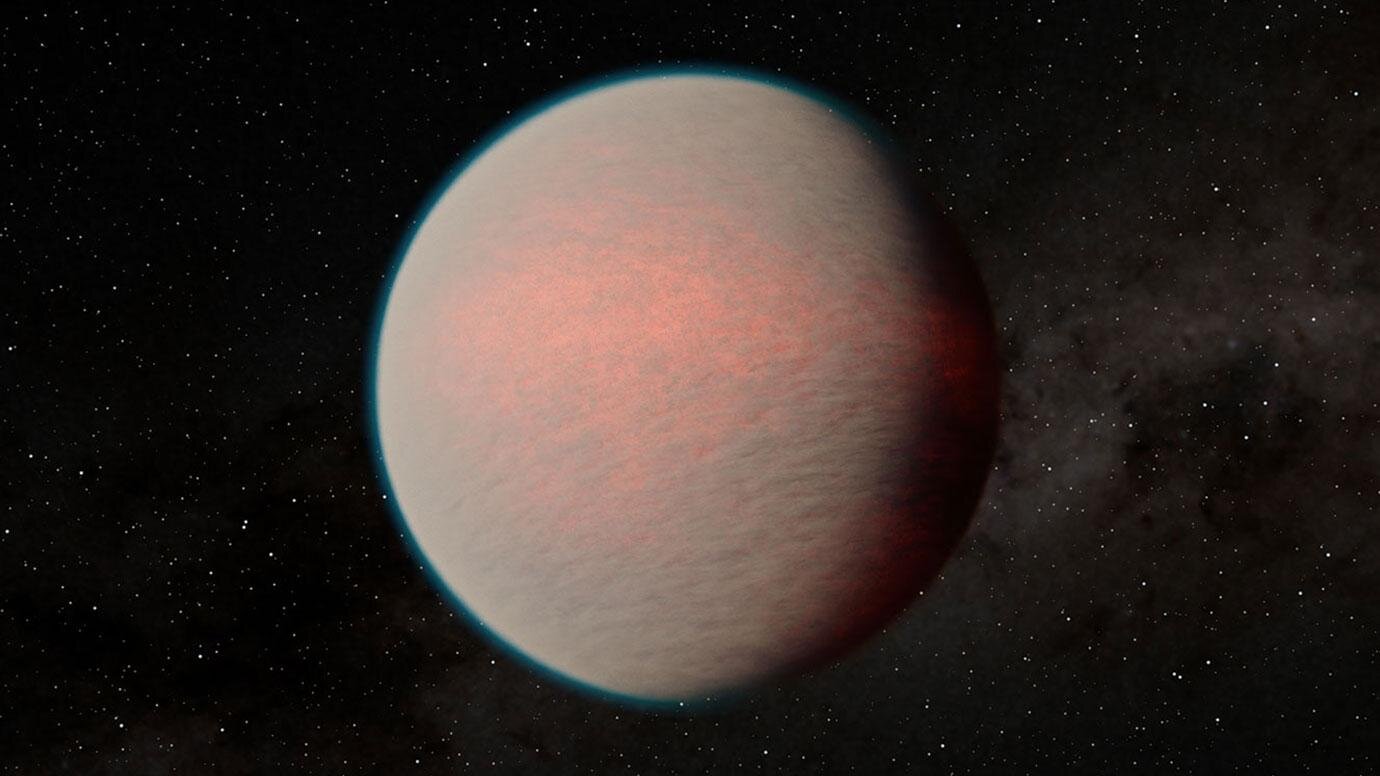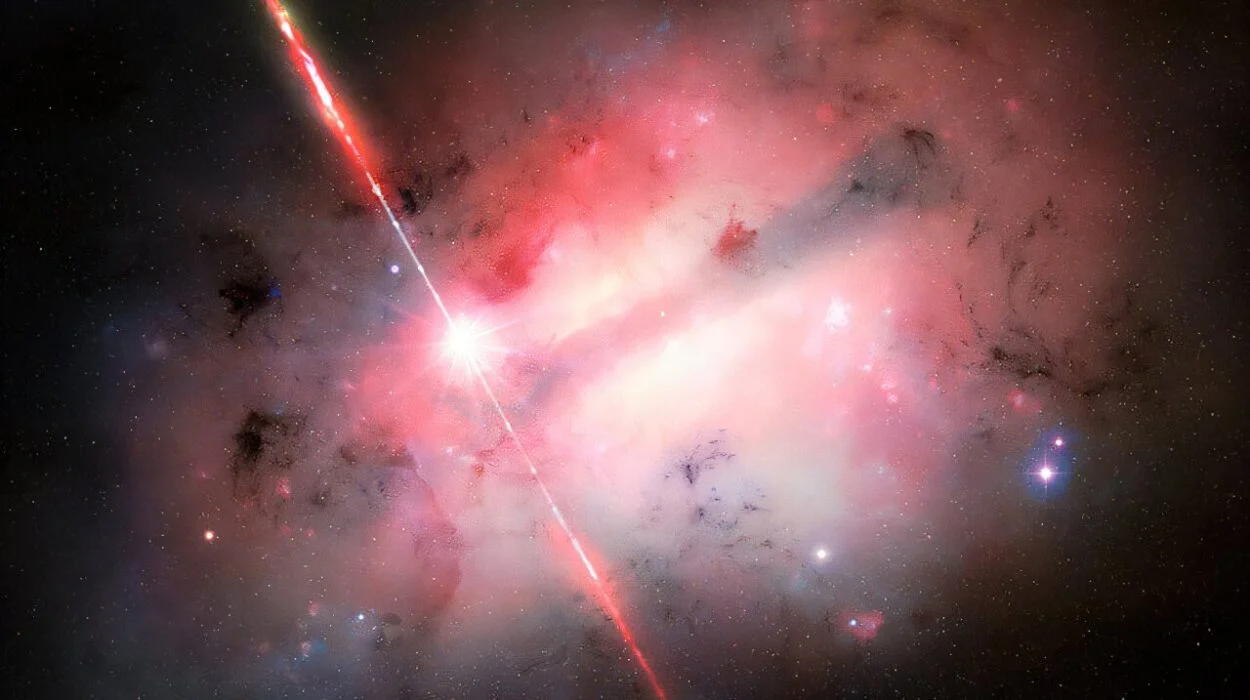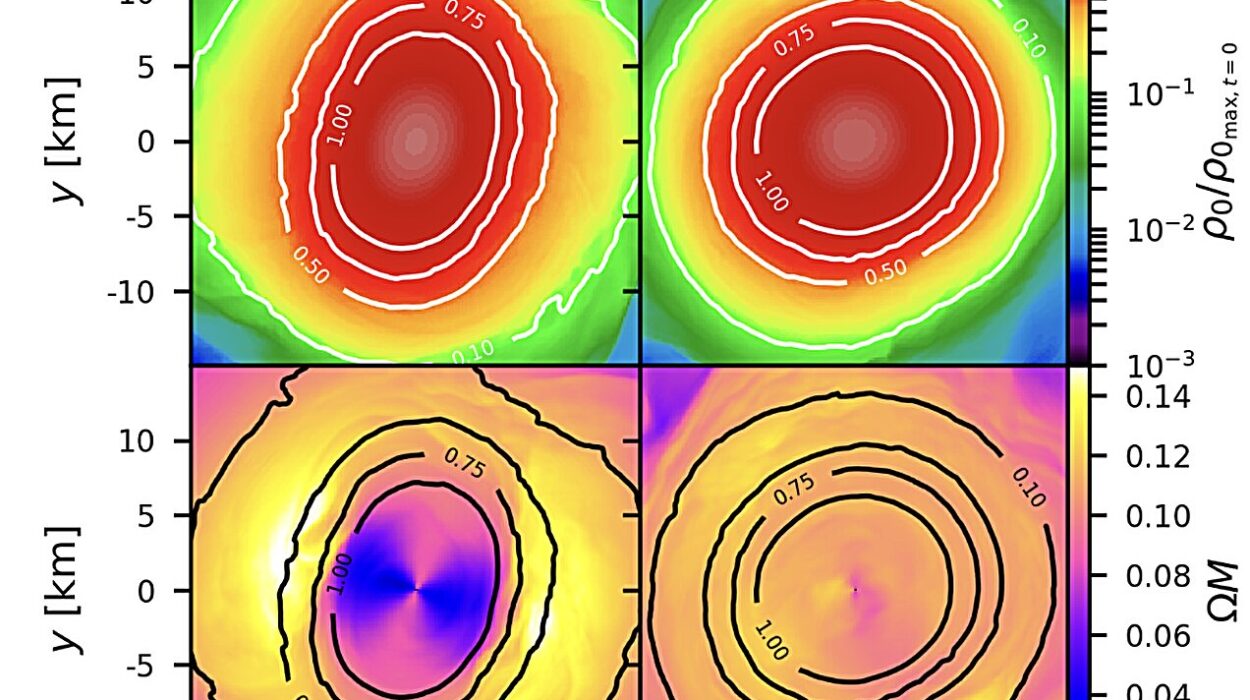For much of human history, our solar system seemed like the entire stage of planetary drama. The Sun, our planets, and their moons—this was the whole story. But the last few decades have rewritten the script entirely. With the rise of powerful telescopes like NASA’s Kepler Space Telescope and the James Webb Space Telescope (JWST), astronomers have discovered that our solar system is far from unique. The Milky Way alone may host hundreds of billions of planets.
Yet amid this cosmic abundance, one discovery continues to puzzle scientists: the so-called mini-Neptunes. These are planets just a bit smaller than Neptune, cloaked in thick, heavy atmospheres made primarily of hydrogen and helium, with a potential mix of water and rock beneath. Curiously, though they seem to be one of the most common types of planets in the galaxy, there are none in our own solar system. Their absence here—and their abundance elsewhere—makes them a cosmic riddle.
A recent study led by Professor Eliza Kempton at the University of Chicago, published in The Astrophysical Journal Letters on November 5, has added a striking new piece to this interstellar puzzle. Her team’s findings suggest that many mini-Neptunes may not be fiery, molten worlds as scientists once believed—but might actually have solid surfaces hidden beneath their thick, crushing atmospheres.
Beyond the Glow: Peering into the Unknown
When astronomers study exoplanets—planets orbiting stars outside our solar system—they rarely “see” them directly. These distant worlds are so far away that even our most advanced telescopes can detect them only through faint traces: a tiny dip in a star’s brightness as a planet passes in front of it, or subtle wobbles in a star’s light as gravity tugs it back and forth.
From those delicate signals, scientists extract clues about size, mass, and atmospheric composition. It’s like trying to reconstruct an entire landscape from the shadow of a single leaf. Yet this detective work has revealed wonders. Around nearby stars, astronomers have found hot Jupiters skimming close to their suns, super-Earths many times our planet’s mass, and a staggering number of mini-Neptunes—mysterious worlds that seem to dominate the galaxy’s planetary census.
At first, these mini-Neptunes were thought to be entirely hostile. With searing temperatures and enormous pressure, early models suggested they were covered in global oceans of molten magma—a glowing sea of rock beneath dense, stormy skies. It painted a vivid but terrifying picture: entire worlds where the surface itself was liquid fire.
A World That Defied Expectations
That image began to change when astronomers turned their instruments toward a particular planet: GJ 1214 b, orbiting a dim red star about 48 light-years away in the constellation Ophiuchus. This planet had already gained attention for being larger than Earth but smaller than Neptune—an archetypal mini-Neptune. Yet the James Webb Space Telescope revealed something strange about its atmosphere.
Instead of being made purely of light gases like hydrogen and helium, its atmosphere appeared to contain heavier molecules—perhaps water vapor or methane—creating a much denser environment than scientists had imagined. A heavier atmosphere means greater pressure. And under enough pressure, even molten rock behaves differently.
Kempton and her team realized that these conditions could force the molten magma thought to cover such planets into solid form. The immense weight of the atmosphere would squeeze the material below so tightly that it would crystallize, much as carbon becomes diamond deep within Earth’s mantle. In other words, the planet’s surface might not be a fiery ocean at all—it might be a solid crust, forged under unimaginable pressure.
“It really upends a paradigm about these planets,” Kempton explained. “At the bottom of it, quite literally, we’re trying to understand what these objects are, because they don’t exist in our solar system.”
The Physics of Pressure and Fire
To grasp what’s happening on these planets, imagine descending through their atmospheres. The air—if you could call it that—would grow thicker and hotter with every step downward. Temperatures would rise into the thousands of degrees, enough to melt most metals. But the pressure, increasing with every meter, would be so immense that molten material would be squeezed into solidity.
It’s a paradox of nature: a world so hot it could melt rock, yet so pressurized that rock solidifies anyway. These competing forces—temperature fighting pressure—create planetary environments unlike anything we can find nearby. It’s an alien equilibrium, balancing on the edge of physics as we know it.
When Kempton’s team ran simulations across a range of possible mini-Neptunes, they found that this solid-surface scenario could apply to many of them. Rather than being uniform oceans of magma, these worlds might exist in two regimes: some molten and glowing, others solid and dense. The difference could come down to factors such as atmospheric composition, planet mass, and proximity to their host stars.
“You can have this the-floor-is-lava scenario, or a solid surface,” said Kempton. “And you’re going to have to take into account a number of other factors about a planet’s atmosphere to figure out which regime it falls under.”
Rethinking How Planets Are Made
The discovery of mini-Neptunes was already a challenge to our ideas of planetary formation. Before astronomers found exoplanets, the structure of our solar system seemed to make perfect sense: small rocky planets near the Sun, large gas giants farther out, icy worlds beyond. The model was clean, elegant, and logical. Then reality intervened.
When exoplanet surveys began returning data, the universe showed us that it doesn’t follow Earth’s neat blueprints. Many stars host systems utterly unlike ours—hot Jupiters that orbit closer to their suns than Mercury does, or compact families of planets all crammed into tight, dizzying orbits. And then came the mini-Neptunes: common, persistent, and inexplicably absent from our own neighborhood.
“Before we found any exoplanets, we had a nice neat story about how solar systems form based on how our solar system formed,” said study co-author Matthew Nixon. “By following that logic, other solar systems should look like ours. But they don’t.”
This realization has driven scientists to reconsider how planets grow. Are mini-Neptunes the failed cores of giant planets that never gathered enough gas? Or are they super-Earths that accumulated thicker atmospheres than ours? Do they represent an intermediate stage in planetary evolution—or a completely different category of world?
Magma, Atmospheres, and the Origins of Habitability
Understanding what mini-Neptunes are made of isn’t just a question of classification—it’s a key to understanding planetary evolution and the potential for life elsewhere. The boundary between molten and solid surfaces affects how a planet interacts with its atmosphere, how heat escapes, and whether volatile compounds like water can exist.
Some models even suggest that as mini-Neptunes cool and lose parts of their atmospheres, they might eventually shrink into rocky super-Earths—worlds that could, under the right conditions, be habitable. If that’s true, studying them could be like peering back in time at the early stages of Earth’s own formation.
“It gets back to why we are here—how did Earth come to be?” Nixon said. “This is a really fundamental piece for us to understand both other planets and our own.”
A Telescope’s Touch: The Promise of the James Webb Era
What makes this new era of discovery possible is the extraordinary precision of instruments like the James Webb Space Telescope. By capturing the faint fingerprints of molecules in alien atmospheres, Webb allows scientists to infer not only what these planets are made of, but how they behave under extreme conditions.
For GJ 1214 b, Webb’s observations revealed an atmosphere thick and opaque, reflecting light in ways that matched neither simple gas giants nor rocky worlds. Each spectrum of starlight—split and analyzed by Webb’s instruments—tells a story about chemistry, temperature, and pressure. And with every new observation, astronomers move closer to understanding what these planets truly are.
The next step is to apply these insights to more exoplanets, expanding the sample size and testing whether solid-surfaced mini-Neptunes are indeed common. If they are, it could reshape our understanding of the most prevalent class of planets in the galaxy.
The Broader Cosmic Story
In the end, the study of mini-Neptunes is not just about distant, unreachable worlds—it’s about context. Each planet we find out there, strange as it may be, tells us something about our own origins. It teaches us that the universe is more creative and varied than we ever imagined.
Our solar system may seem familiar and well-ordered, but it is just one experiment among billions. The discovery that many mini-Neptunes could have solid surfaces reminds us that even the most common planets in the galaxy can surprise us. It challenges our assumptions and invites us to see planetary science not as a solved puzzle, but as an unfolding narrative—one in which every new observation can rewrite a chapter.
Standing on the Edge of Discovery
For now, we can only imagine what it would be like to stand on a mini-Neptune. The surface—if it could be called that—would be buried beneath crushing layers of gas and haze, the temperature searing, the pressure immense. It is not a world made for life as we know it. Yet, in a strange way, these inhospitable planets bring us closer to understanding our own existence.
In their alien skies, we see reflections of our own past—the molten Earth, wrapped in vapor and fire, cooling slowly into solidity. In their atmospheres, we glimpse the physics that shaped our world from dust and chaos. And in their abundance, we find humility: our solar system is not the rule, but the exception.
Each discovery, like Kempton’s, peels back another layer of the cosmic mystery. It reminds us that the universe is still writing its story—and we, through the patient eyes of our telescopes, are just beginning to read.
More information: Bodie Breza et al, Not All Sub-Neptune Exoplanets Have Magma Oceans, The Astrophysical Journal Letters (2025). DOI: 10.3847/2041-8213/ae0c07






